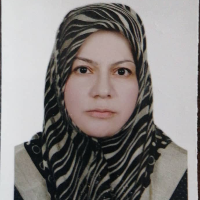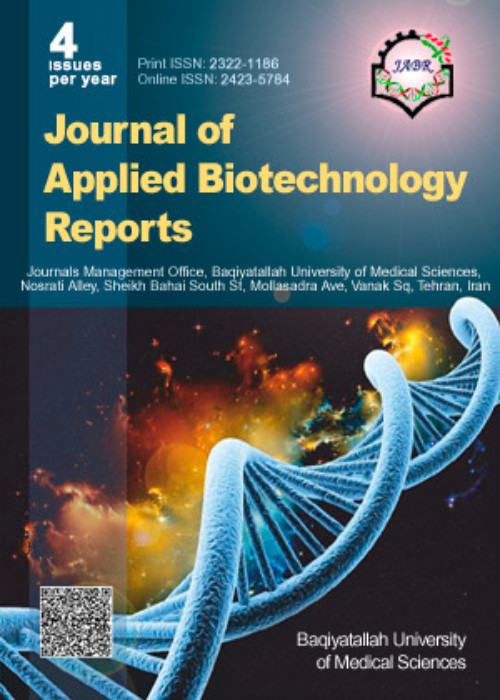Study of Kinesthetic Verbs in Surah Yasin Based on the Talmy’s Theory of Cognitive Linguistics
Linguistics as new science has been studied in various fields and one of its new fields is cognitive linguistics. In this domain, language reflects the pattern of thought and patterns of the human mind, and the verb, as an effective component, plays an important role in the creation of Kinesthetic, as the verb is one of the basic elements in the sentence. The Holy Quran has many objectives and abstract matters. The present study has studied these verbs in surah Yasin with a descriptive-analytical method based on Talmy’s theory of cognitive linguistics. Since this surah has several Kinesthetic verbs, their analysis seems necessary. Therefore, this article deals with the process of such verbs based on Talmy’s theory and analyzes them in terms of body, context, movement, and direction, and concludes that the study of these verbs according to the new perspective of linguistic cognition leads to a more comprehensive understanding of the verses, using mental schema.
-
The function of narrative techniques in the novel "Bread on the Table of the uncle Milad" by Mohammad Al-Naas
, Salman Azmoon Ali Abad *
Journal of The Journal of New Critical Arabic Literature, -
Reading the translation of Surah Baqarah and Al-Imran (based on Eiser's aesthetic theory)
Soudabe Mozafari *, Jamileh Atabi
Islamic Studies and Quranic Research in the Contemporary World,



